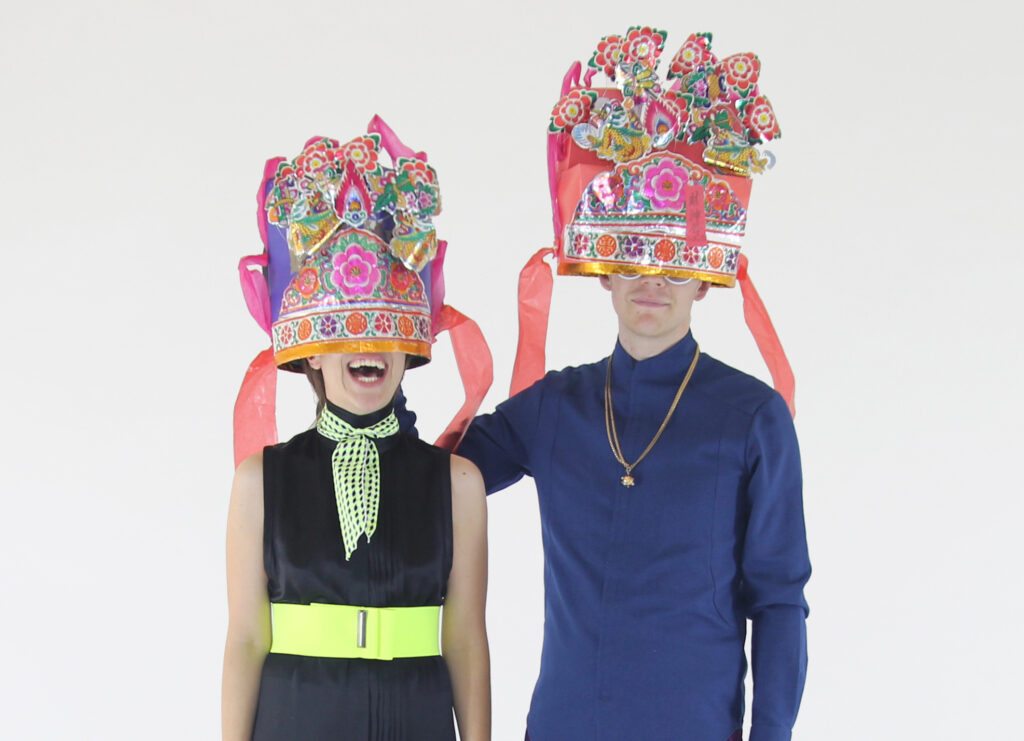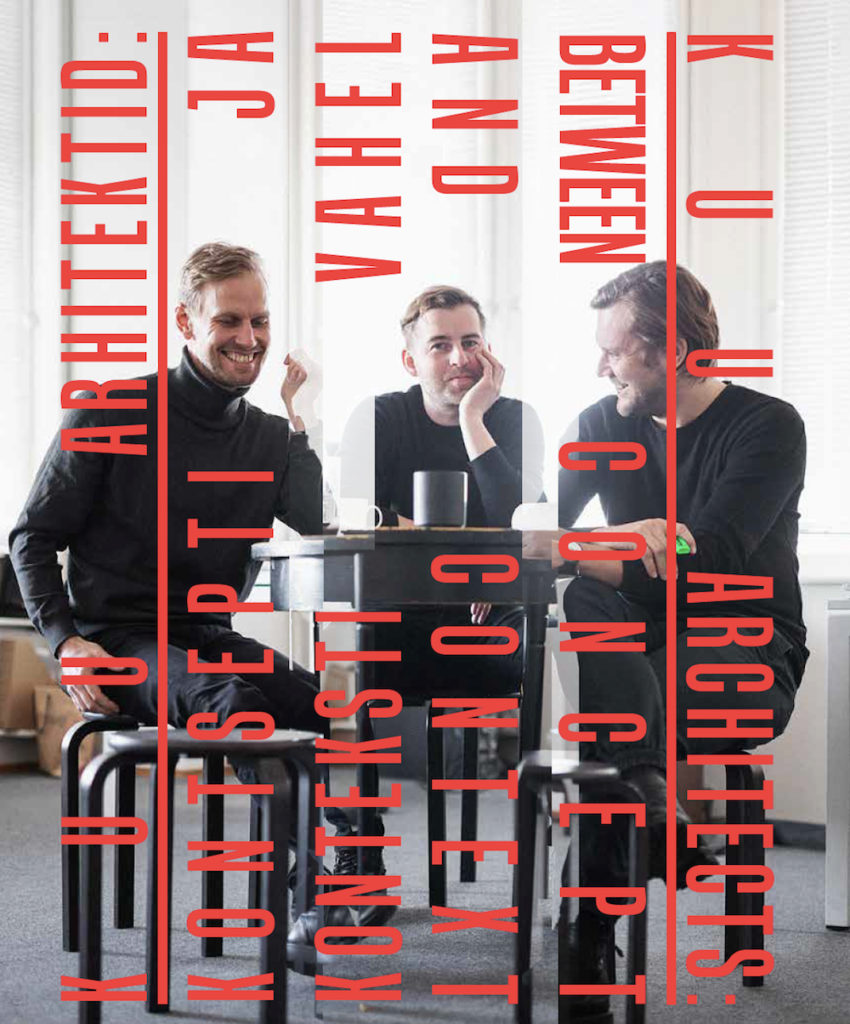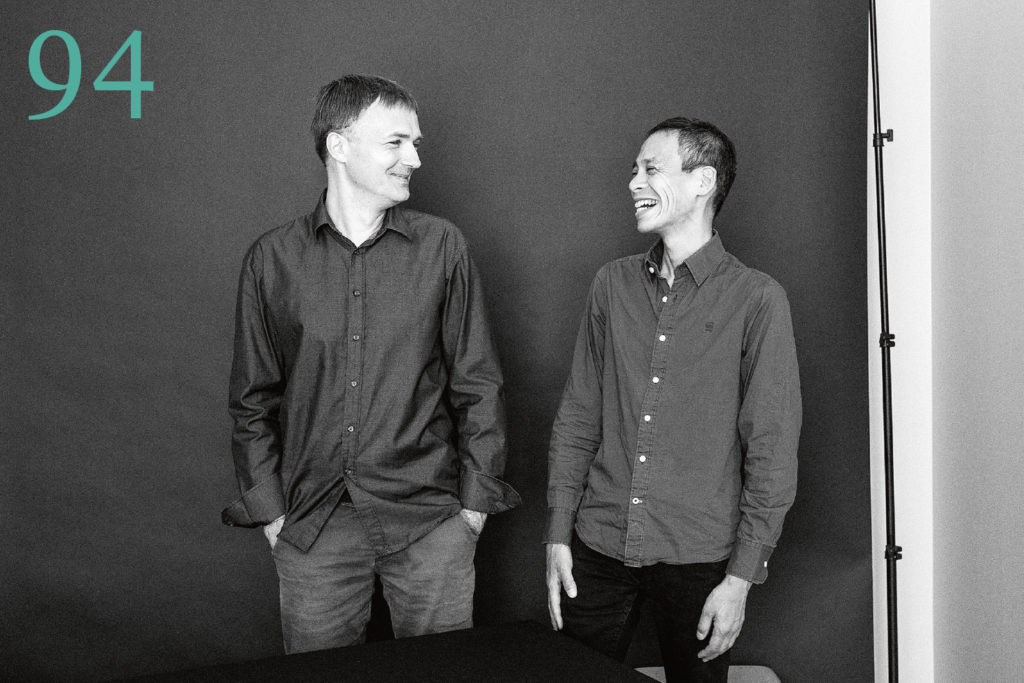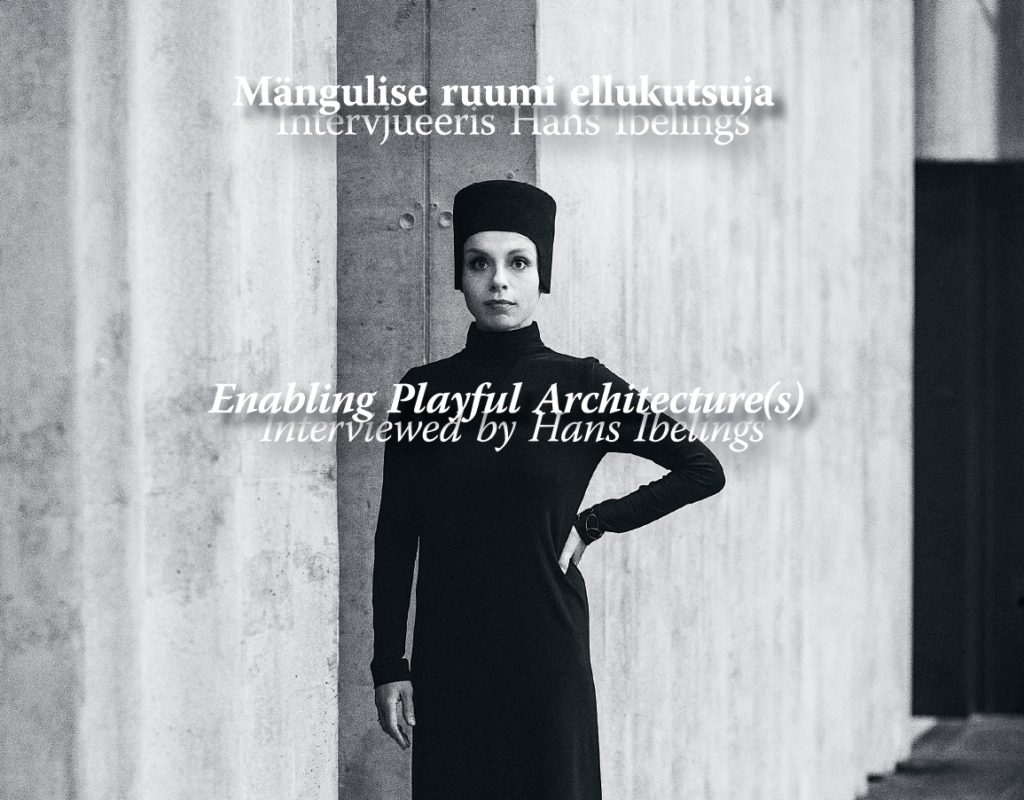PERSOON
In talking to Rein Einasto, interdisciplinarity shows itself to be something more than calculated collaboration between experts of different fields. It has a cultural rather than project-based meaning, consisting of commonly shared social responsibility, making sense of collective action, or, to use Einasto’s own expression, being in a common spirit.
Teist põlve arhitekt Ralf väidab, et tal ei ole eriala suhtes illusioone; seda muljetavaldavama järjekindlusega seisab ta projekteerimisprotsessis arhitektuurse tuumidee säilimise eest. Arhitektiks olemine defineerib Ralfi kogu tegevust ja maailmavaadet töötegemisest reisimiseni – võib-olla ainult muusikal õnnestub hetkiti samavõrdse tähelepanu eest võistelda. Küsis Ingrid Ruudi.
Space Popular is a multidisciplinary design and research practice led by Lara Lesmes & Fredrik Hellberg. They make physical spaces — buildings, interiors, furnishings — and virtual spaces, concentrating on how the two will be fused in the future. Their augmented virtual reality project “The Venn Room” was on display at the Tallinn Architecture Biennial main exhibition.
The foundation of the Kreis family is the first foundation by a local family to support architecture that was established by Heljo Kreis in 2012. The aim of the foundation award is to acknowledge noteworthy phenomena, alternative practises and versatile creators who have remained on the margin of the mainstream Estonian architecture.
The architecture offices born at the time of economic downturn are inevitably much less inclined to undertake bold experiments than the ones whose beginnings are rooted in more auspicious times. Instead, what becomes crucial then is an ability to make the most out of the limited resources in a nuance-sensitive way. Thus, KUU architects are, in a sense, minimalists, yet they do not seek minimal form, but look for opportunities to efficiently utilise the existing contexts in order to create spaces that empower its users.
It seems that in architecture, the only way to ensure high quality is to rely on commitment, consideration and precision. Tomomi Hayashi and Hanno Grossschmidt do their work in a composed manner with professionalism and commitment. And their architecture speaks for them.
For Veronika Valk-Siska, architecture neither begins nor ends with a design or a building. Her career in architecture until now can be read as a reflection of an increasingly expansive understanding of what architecture could be.
The trio of landscape architects in Tartu represent the new obstinate generation who believe in nature’s power of self-organisation and assure that their cooperation will persist until Estonia is entirely covered with a high-quality public thicket.
ARCHITECTURE AWARDS












